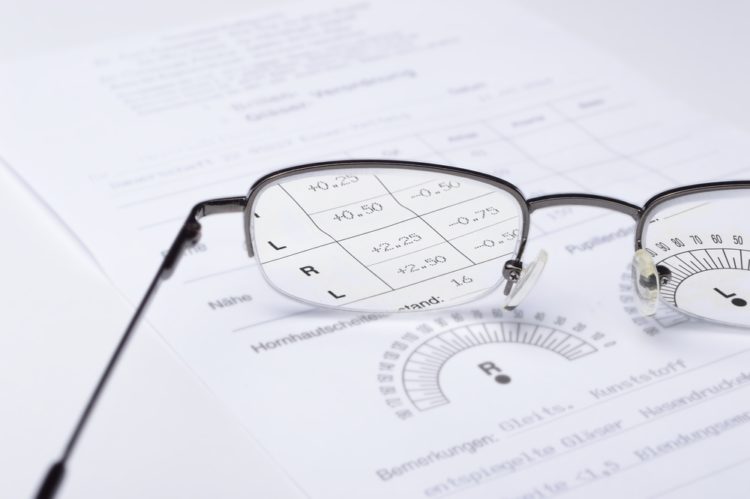
Visiting the optician regularly can ensure our eyes are healthy and there are no impending problems, as well as spotting other health issues. If you feel like your eyesight has changed, you should make an appointment with your optician just for your own peace of mind! For those of you who have glasses, or feel like you need them, your glasses prescription isn’t always the easiest thing to understand.
So, if you want to understand your glasses prescription better, then the team here at Concept Camden Contact Lens Centre offer a helpful guide to make sure you know what your prescription means.
Getting your prescription
When you attend your eye appointment, the optometrist will talk through your appointment and conduct a series of tests and eye examinations, establishing your eye health and how well you can see. Once the eye exam has been conducted, they will tell you if you need glasses. They will hand you your prescription and you can then choose your frames. While the information on the prescription is only really for use by those making up your glasses, it can help to know what it all means.
The six parts to your glasses prescription
The eye prescription is divided into 6 sections. They are:
ADD
BASE
PRISM
AXIS
SPH
CYL
Below we explain what each of these terms means.
ADD
The ADD box on your prescription is used to demonstrate that you have two different prescriptions. This is most common in individuals who are over the age of 45. One prescription for distance, and the other for reading.
PRISM
Not every glasses prescription will have a PRISM field. This is when there is an eye imbalance and the prescription needs to compensate for eye alignment.
BASE
This is only used when the PRISM field is used, as it shows the lab where to exactly place the prism on your eyeglass.
AXIS
The axis is to do with the meridian of the eye and is always defined between the numbers of 1 through to 180. This is used for individuals who have astigmatism.
CYL
This is related to astigmatism and the strength of the required lens. If the column is blank, then you don’t have astigmatism, or you only have slight astigmatism that does not need correction with glasses.
SPH
This field is filled in when you are long or short-sighted. If the minus sign is used, then you are short-sighted. If the plus sign is used, then you are long sighted. The bigger the number, the more short or long sighted the prescription needs to be.
Your optician will be more than happy to talk through your glasses prescription with you if there’s anything you don’t understand. If you’re in need of new glasses or an eye test, book an appointment at Concept Camden Contact Lens Centre today.
